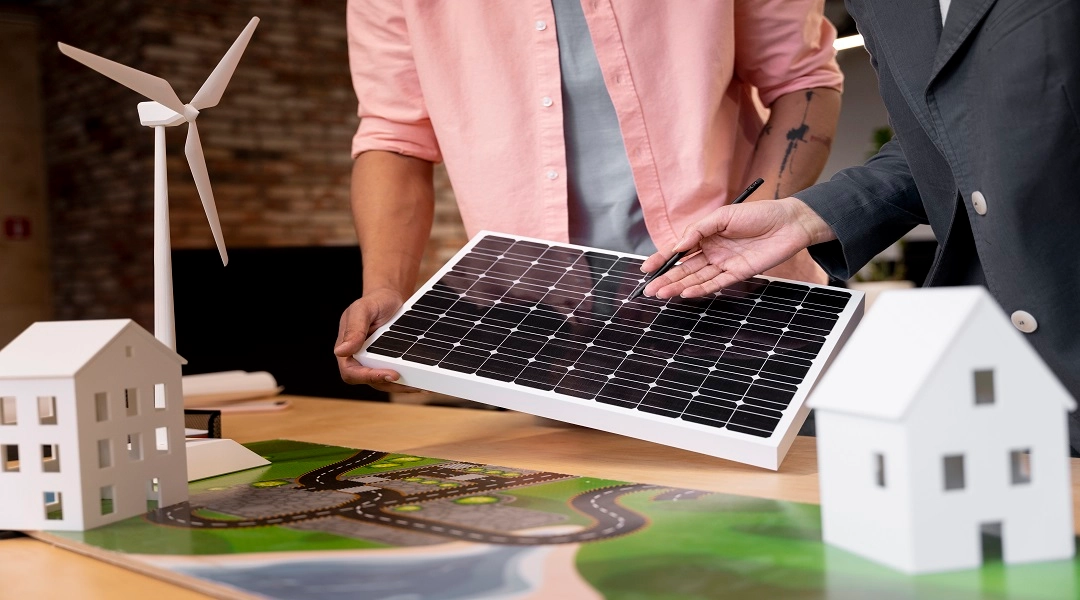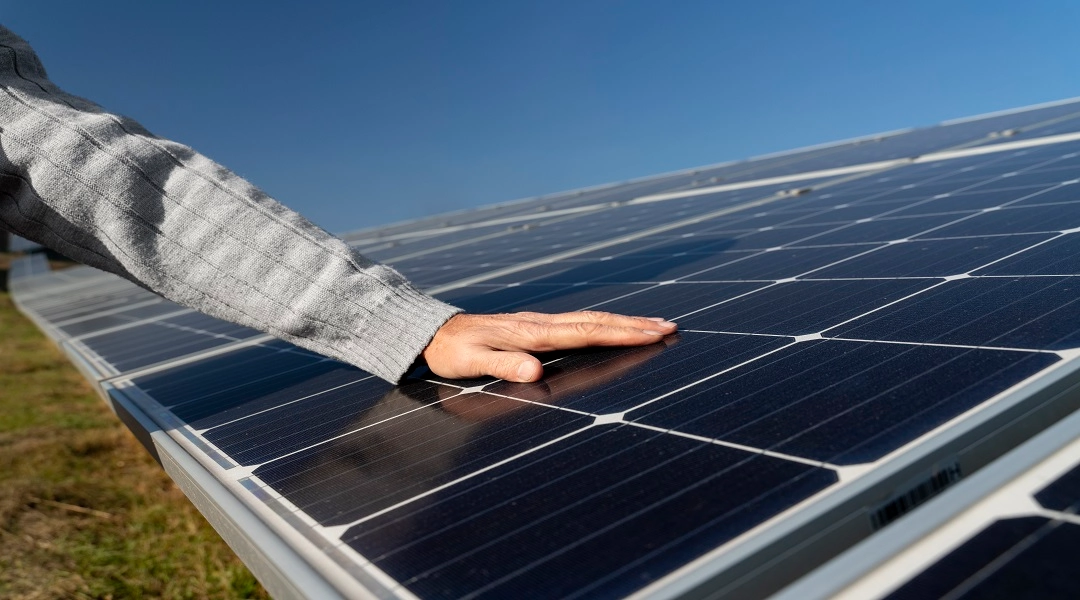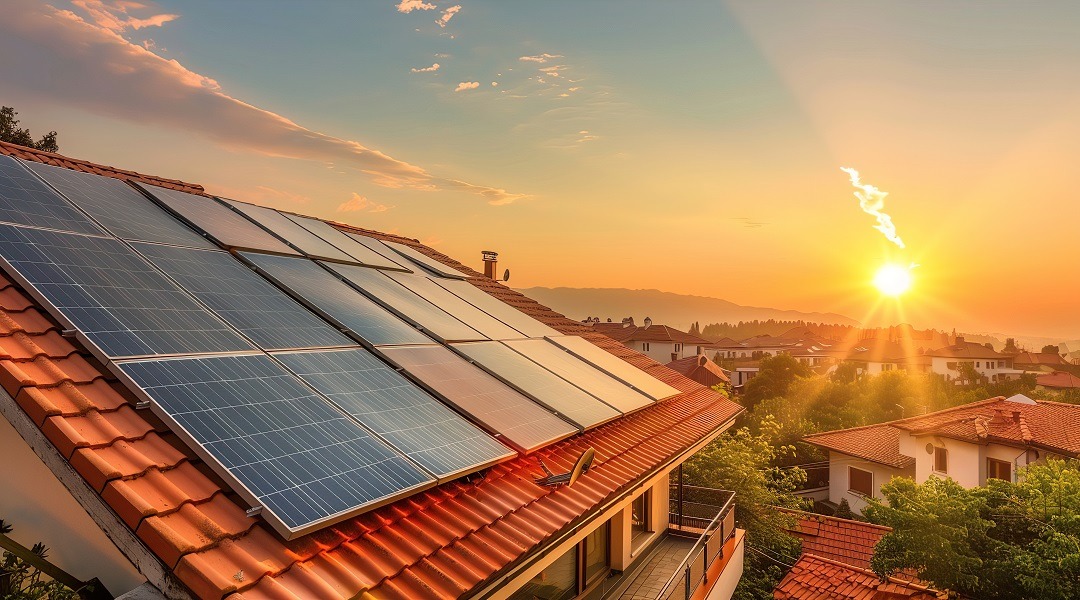In a world increasingly embracing sustainability, residential solar panel systems offer homeowners the opportunity to reduce their carbon footprint and gain energy independence. Going off-grid with solar power has become a viable and empowering choice for those seeking to harness the sun’s abundant energy for their daily needs. This guide provides a comprehensive overview of residential off-grid solar panel systems, exploring their benefits, components, installation process, and the considerations involved.
Understanding Off-Grid Solar Systems
Off-grid solar systems operate independently of the conventional power grid, relying solely on solar energy stored in batteries. Unlike grid-tied systems that connect to the utility grid, off-grid systems are ideal for remote locations or homeowners looking to achieve energy independence.
Benefits of Going Off-Grid:
Energy Independence:
Off-grid systems free homeowners from dependence on centralized power grids, providing autonomy over energy production and consumption.
Environmental Impact:
By relying on solar energy, off-grid homeowners significantly reduce their carbon footprint, contributing to a more sustainable and eco-friendly lifestyle.
Remote Living:
Off-grid solar systems are perfect for homes in remote areas where connecting to the grid may be impractical or cost-prohibitive.
Components of Off-Grid Solar Systems
Solar Panels:
Photovoltaic solar panels are the backbone of any solar system. They capture sunlight and convert it into direct current (DC) electricity.
Charge Controller:
The charge controller regulates the flow of electricity from the solar panels to the batteries, preventing overcharging and optimizing battery health.
Batteries:
Energy storage is crucial for off-grid systems. Batteries, such as deep-cycle lead-acid or lithium-ion batteries, store excess energy generated during sunny periods for use during cloudy days or at night.
Inverter:
The inverter converts DC electricity from the solar panels and batteries into alternating current (AC), which powers household appliances.
Backup Generator:
Sometimes, homeowners may opt for a backup generator, particularly for periods of extended low sunlight or high energy demand.
Installation Process
Site Assessment:
A thorough assessment of the site is conducted to determine its solar potential. Factors such as sunlight exposure, shading, and available space are considered.
Designing the System:
Based on the site assessment, a customized system is designed, including the number and placement of solar panels, battery capacity, and overall system size.
Obtaining Permits:
Before installation, necessary permits must be obtained from local authorities. Regulations may vary, and compliance is essential.
Solar Panel Installation:
Solar panels are mounted on the roof or ground using racks or mounting structures. Proper positioning to maximize sunlight exposure is crucial.
Electrical Wiring:
The electrical components, including the charge controller, batteries, and inverter, are connected using appropriate wiring to ensure a functional and safe system.
System Testing:
Once installed, the system undergoes thorough testing to ensure all components function correctly. This includes checking the performance of each solar panel, the charge controller, and the inverter.
Maintenance and Monitoring:
Regular maintenance, such as cleaning panels and checking connections, is essential for optimal system performance. Monitoring tools can track energy production and consumption, aiding in system optimization.
Considerations for Off-Grid Living
Energy Consumption:
Understanding your energy needs is crucial for designing an appropriately sized off-grid system. Assess the wattage requirements of household appliances to determine the system’s capacity.
Backup Power:
While batteries store excess energy, having a backup power source, such as a generator, can provide additional assurance during prolonged periods of low sunlight.
Budget and Financing:
Off-grid systems require an initial investment. Exploring financing options, incentives, and rebates can make the transition to solar more financially feasible.
Climate and Sunlight Exposure:
Assessing the climate and sunlight exposure at the site is essential. Cloudy regions or areas with limited sunlight may require additional solar panels or a larger battery bank.
Maintenance and Upkeep:
Off-grid systems require regular maintenance to ensure longevity. Homeowners should be prepared to check and replace components as needed.
Conclusion: Empowering Energy Independence
Going off-grid with a residential solar panel system is not just a shift in energy source; it’s a lifestyle choice that empowers homeowners to take control of their energy destiny. By harnessing the sun’s power, individuals can reduce their environmental impact, achieve energy independence, and live sustainably. As technology advances and the world embraces cleaner energy solutions, the prospect of off-grid living becomes more accessible and appealing. Whether you seek self-sufficiency, environmental stewardship, or a break from conventional energy sources, the journey to off-grid living through solar power is a transformative and empowering endeavor.






